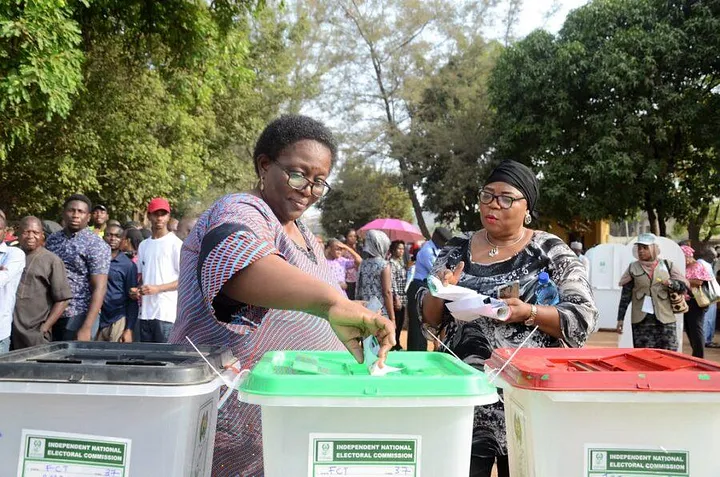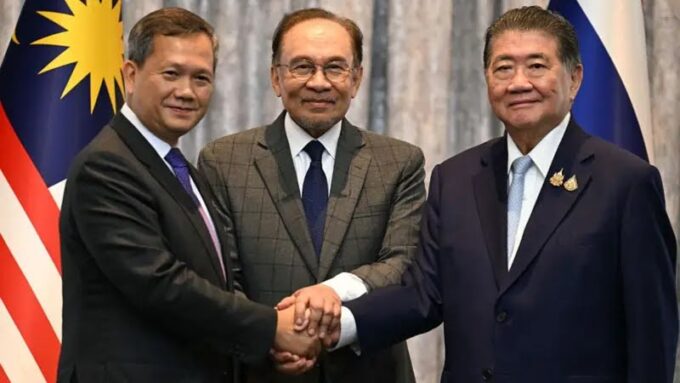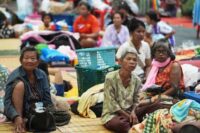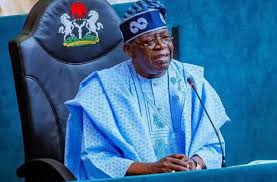News | Events | Digital PR | Advertising
By Paul Onogwu
With the 2023 Nigerian general elections drawing nearer by the day, advocacy work is intensifying to get registered voters to obtain their Permanent Voters Cards (PVCs) and participate in the elections. As we all know, without the PVCs, voters cannot vote in an election, hence the decision of the Independent National Electoral Commission (INEC) to extend the deadline for the collection of voter cards till February 5 to accommodate as many voters as possible.
Regardless of the number of persons that obtain their voter cards, the main concern for stakeholders in the electoral system is the historically low voter turnout in this country, especially in the South. This article seeks to shed some light on the turnout of voters since the Presidential system of government was introduced in 1979.
At the 1979 polls, the turnout was just 34.63%, in 1983 it was 38.94%. Fast forward to the 1993 Presidential election and despite the hype, anticipation and media coverage, turnout was just 35%. However, in this particular election, turnout was higher in the 14 states of the South than in the 17 entities of the North (16 states and the FCT, Abuja). In 1999, Nigeria had yet another return to civilian rule, with the voter turnout this time a bit impressive at 52.3%. In 2003, it was the highest ever recorded at 69.1%. Since the 2003 polls, voter turnout has been at a freefall, with 57.5% recorded in 2007, 53.68% in 2011, 43.65% in 2015 and 34.75% in 2019.
Now, let us examine some damning statistics about the turnout in the South. In 2019, the ruling APC and the main opposition party PDP had a combined 17.121 million votes in the North compared to just 9.195 million Votes in the South, meaning that the votes of the North were almost double that of the South. Meanwhile, Lagos state was the ONLY Southern state in the top 10 states with the highest number of votes cast, having a total of 1.16 million votes. The other 9 states on the list were all Northern states (Kano, Kaduna, Katsina, Jigawa, Plateau, Bauchi, Borno, Sokoto and Niger). On the flip side, 7 Southern states (Bayelsa, Abia, Ebonyi, Ekiti, Cross River, Enugu and Imo) were among the 10 lowest voting states. In terms of percentage numbers, 3 Northern states recorded the highest rate of voter turnout, Jigawa at 55.67%, Katsina at 48.45% and Sokoto at 46%; while 3 Southern states had the lowest rate of voter turnout, Lagos at 17.25%, Abia at 18% and Rivers at 19.97%.
Despite boasting the highest number of registered voters, Lagos state had a turnout of just 17% during the 2019 governorship election (in contrast, Kano state had a turnout of 41.57% in the same 2019 gubernatorial polls). In Ogun, where I reside, the voter turnout in the 2019 guber election was just 30%, while in neighbouring Oyo state, the turnout was 31.95%. In the South-South, Delta, Cross-River, Rivers and Akwa-Ibom had voter turnouts of 41.4%, 34.95%, 34.5% and 33.59%, respectively. And in the South-East, Abia, Enugu and Ebonyi had voter turnouts of 22.99%, 24.6%, and 33.76% respectively.
Outside of the 2019 Guber polls within the general election period, there were several off-cycle elections which saw the same pattern of voter apathy. The 2020 Edo state governorship election had a voter turnout of 24.22%, Ondo had a turnout of 32.62%, while the Anambra 2021 polls had the worst turnout ever at just 10%. In 2022, Ekiti and Osun had voter turnouts of 36.47% and 42.16% respectively.
Despite the picture described by the available data, it is not all gloom and doom in the voter participation of Southerners. As mentioned earlier, the South had a higher turnout than the North in the 1993 election, and some Southern states have consistently polled great numbers. Lagos, Rivers and Delta in particular have regularly polled well over 1 million votes in Presidential elections (in 2003, Rivers gave then President Olusegun Obasanjo 2 million votes, the highest ever for a single candidate in any Nigerian election). And even the South-East which has the average worst turnout gave the then-ruling PDP a whopping 4.985 million votes in the 2011 Presidential election, which is just 14,754 votes short of the 5 million vote mark.
2023 Elections is gearing up to be the most important and consequential election in the history of this country, with over 93 million registered voters (the highest ever in the country’s history) and an unprecedented level of voter awareness and voter participation (especially among the youth). However, with the worrying statistics of low voter turnout (especially in the South) from previous elections, how do we reverse this ugly situation? Will the 2023 general elections be any different? We will get to know the answers come February 25 and March 11.
Explore more
Tiwa Savage Marks Triumphant Return with New Album “This One Is Personal” After Five-Year Hiatus
After a long wait, Nigerian music superstar and queen of Afrobeats, Tiwa...
Scientists Research Nigeria’s Okra, Maize, Four Other Crops During NASA’s Space Mission
International astronauts will research six indigenous Nigerian crops and seeds during the...
Tinubu appoints Omotenioye Majekodunmi as Director-General of National Council on Climate Change
President Bola Ahmed Tinubu has appointed Mrs. Omotenioye Majekodunmi as the new...
Tinubu Extends Tenure Of The Comptroller-General Of Customs By A Year
President Bola Tinubu has approved a one-year extension of the tenure of...













Leave a comment